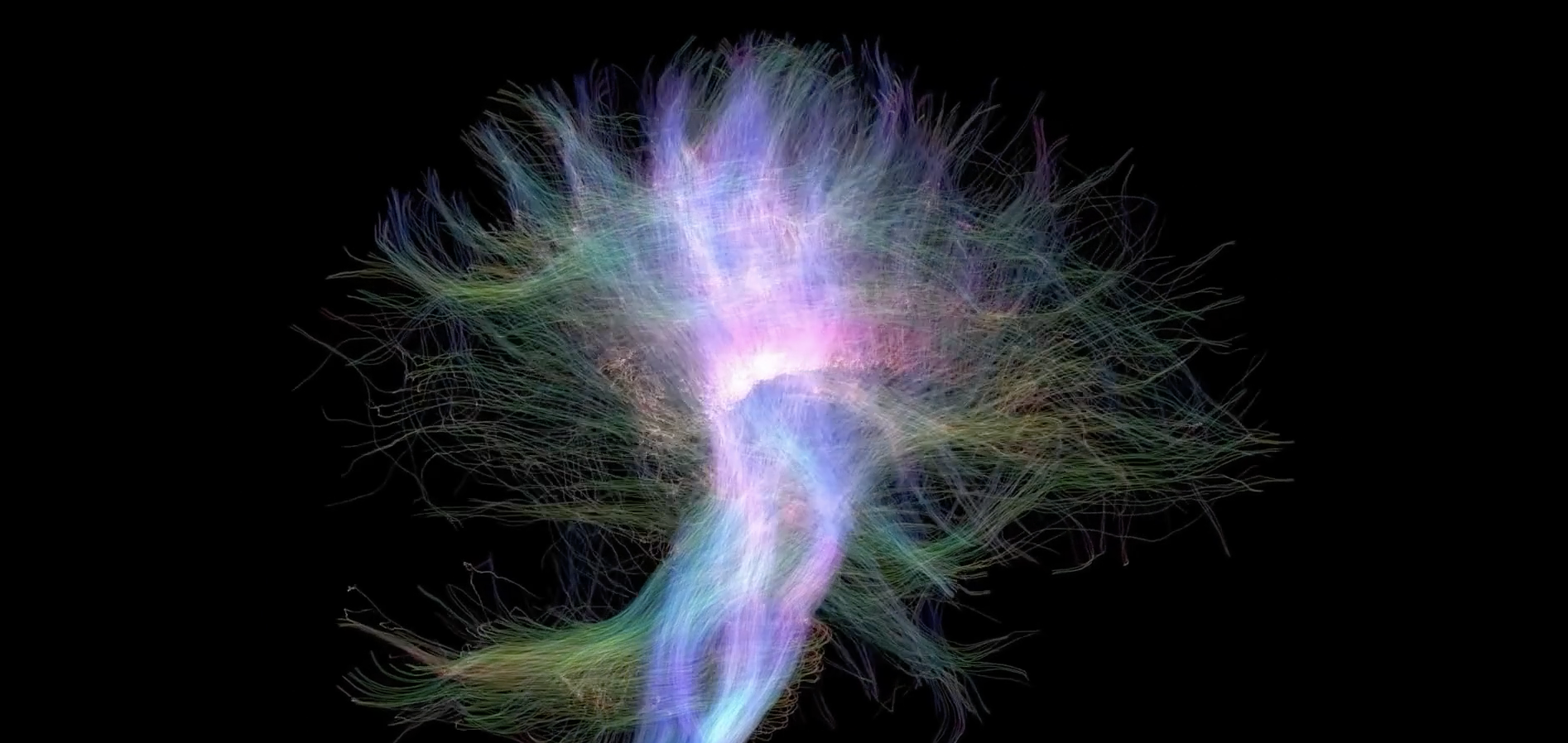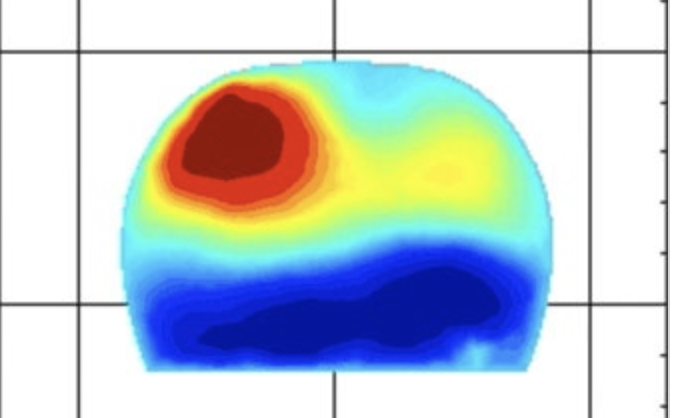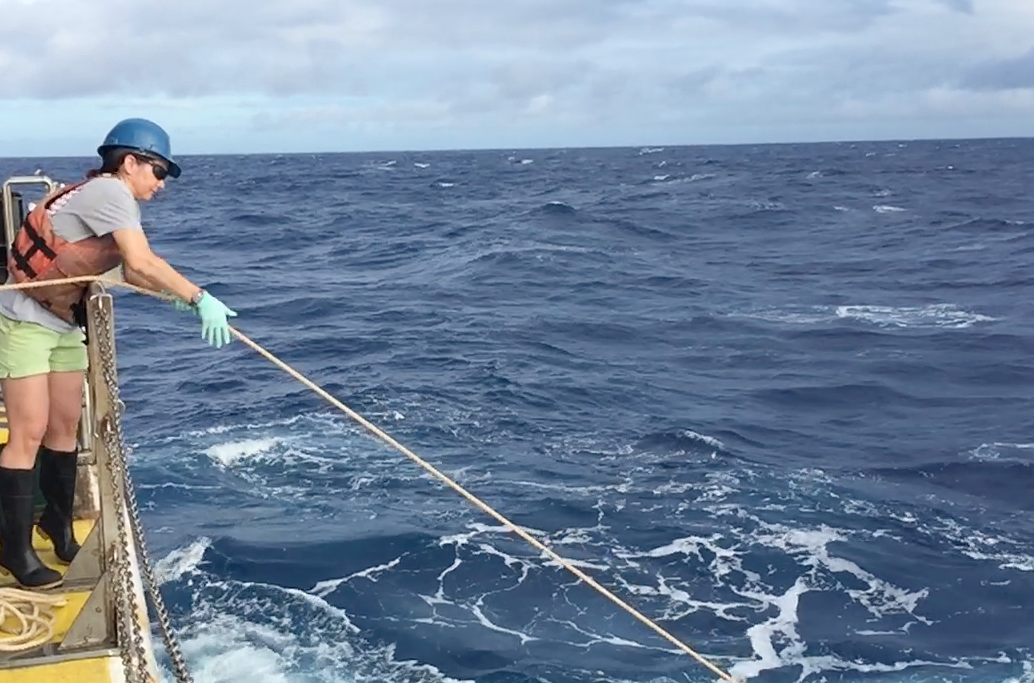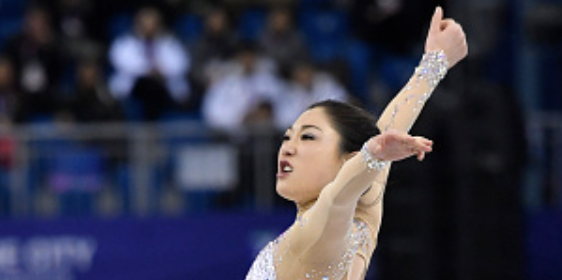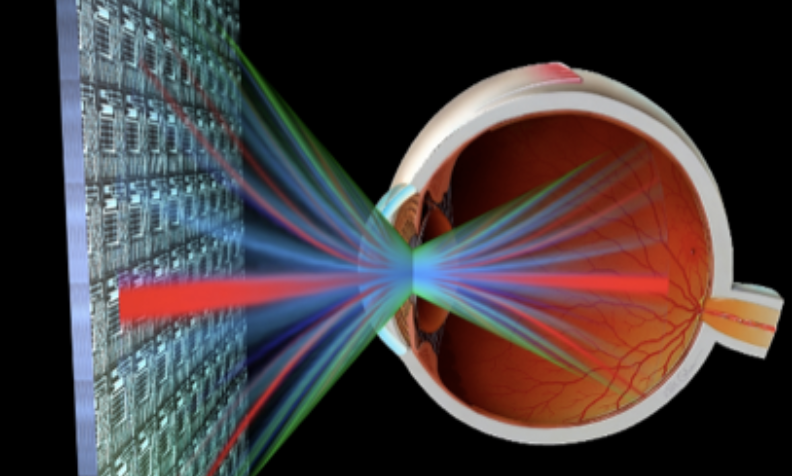February 14, 2018
Learning the Language of Love: The Brain Science of Songbirds
Love resides not in the heart, but in the brain, says neuroscientist Sarah Woolley, PhD, of Columbia’s Zuckerman Institute. She studies the courtship rituals of songbirds, who have a lot to teach us about how we communicate.
February 13, 2018
Data and Society: Columbia Science Commits
In this video, Jeannette Wing, Ivan Corwin, John Cunningham, and David Madigan — four of Columbia’s leading investigators — explain their research and Columbia's commitment to harnessing data science and big data for the benefit of society.
February 12, 2018
Near-Infrared Light May Identify Breast Cancer Patients Who Will Benefit Most from Chemotherapy
A new optical imaging system developed at Columbia University may be able to predict response to chemotherapy as early as two weeks after beginning treatment.
February 12, 2018
Exploring the Microbiome of an Ocean Bacteria
Braving the high seas and a curious shark, a team of scientists from Columbia's Lamont-Doherty Earth Observatory taps into the secret social life of a microbe that’s crucial for marine ecosystems.
February 8, 2018
The Brain Science of Figure Skating: How Practice Makes Perfect
In celebration of the 2018 Winter Olympics, Silver Medalist Paul Wylie joins Rui Costa and Nathaniel Sawtell, neuroscientists at Columbia's Zuckerman Institute, on a journey inside the minds of some of the world's most elite athletes.
February 8, 2018
Cape Town Water Crisis Highlights a Worldwide Problem
The water supply is running dry in Cape Town, South Africa. Upmanu Lall, director of the Columbia Water Center, explains the water shortage and why places in the U.S. could be at risk, too.
February 1, 2018
Columbia Engineers Win $4.7M DARPA Grant to Revolutionize Augmented Reality Glasses
An interdisciplinary Columbia Engineering team is working to come up with a revolutionary lightweight glass that is able to dynamically monitor the wearer’s vision and display contextual images that are vision-corrected.


